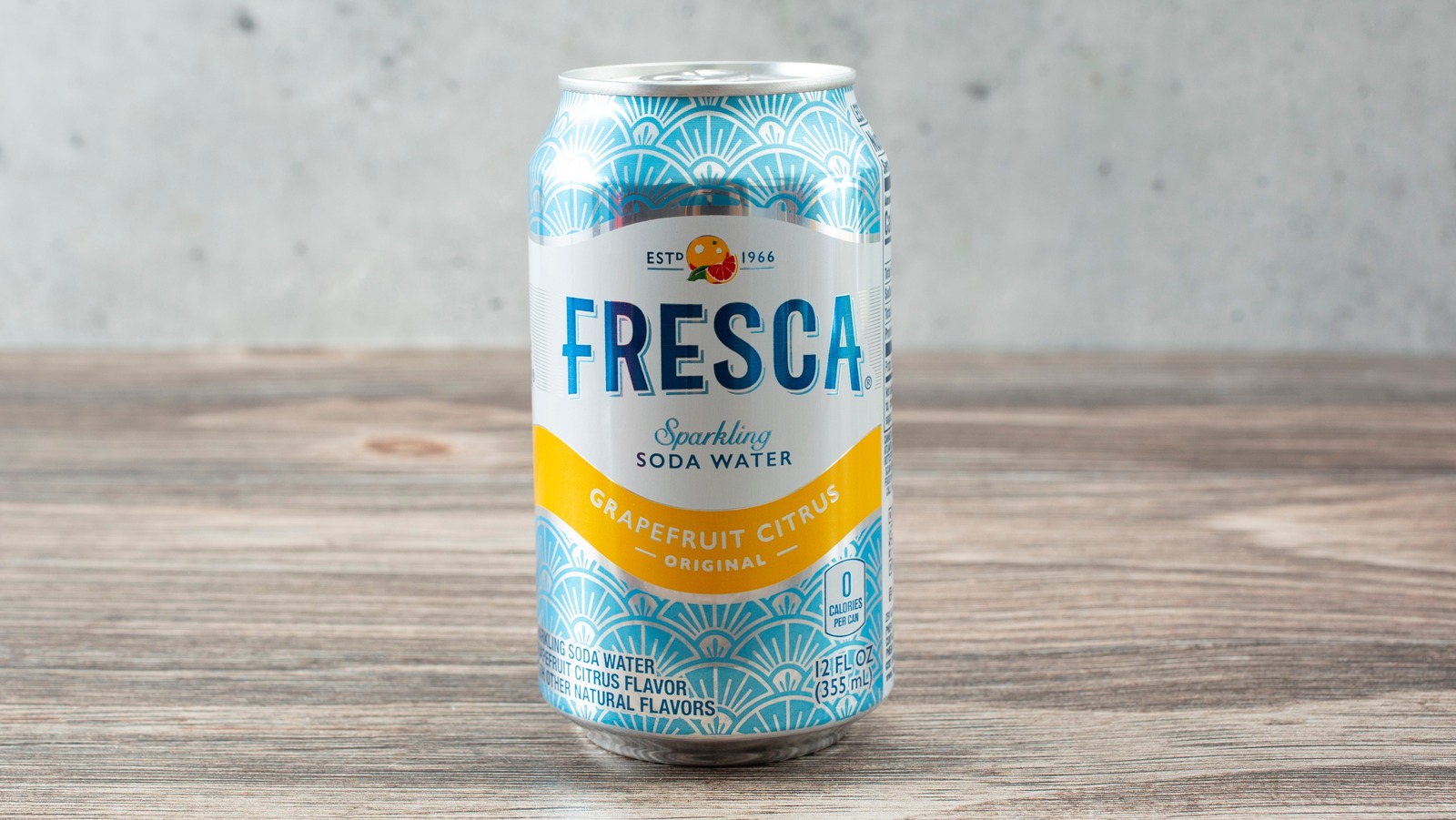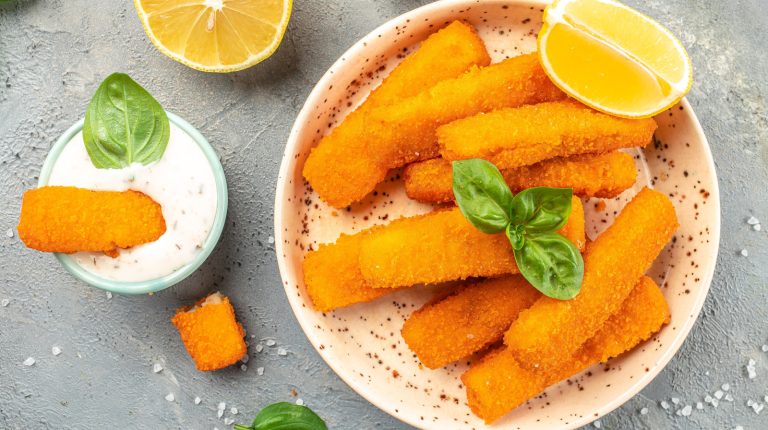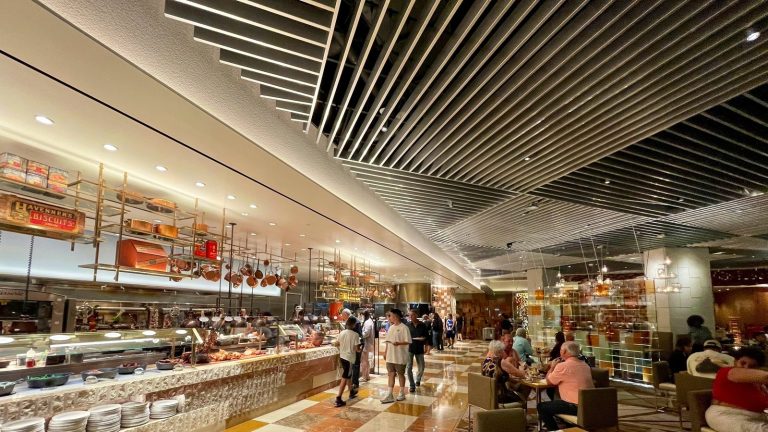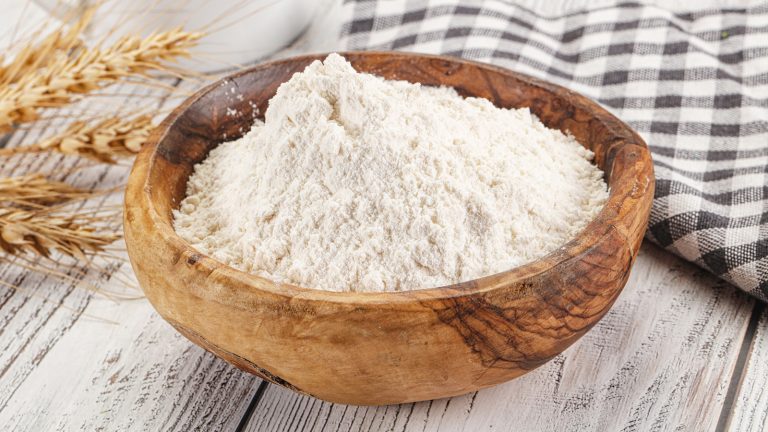Sometimes, you need a quick boost of caffeine — a venti-sized blonde roast brewed coffee from Starbucks (aka the Starbucks drink with the most caffeine) to get you out of bed on a particularly hard Monday morning. Or maybe you crack open a Redbull at around the midday mark to keep you going. Other times, you sit down for dinner and want a yummy-tasting beverage, but you don’t necessarily want that zing of adrenaline that accompanies caffeinated beverages, even if the taste is irresistible. Does picking up a can of Fresca a few hours before bedtime mean you’ll lie awake with the caffeine jitters?
Since Fresca does not have caffeine, you don’t have to worry about disrupting those lovely sleep-promoting receptors in your brain that make you tired. Although the beverage is caffeine-free, it’s still soda water. According to the Food and Drug Administration, drinks that are labeled as “sparkling water, seltzer water, soda water, tonic water, or club soda” are technically classified as “soft drinks,” which is where Fresca falls. Fresca itself is not only zero caffeine but zero sugar and zero calories, too, so you’re essentially drinking bubbly, flavored water.
Fresca offers bubbles without all the buzz
Fresca plainly displays that the beverage is “soda water,” but it’s created differently than regular soda. Soda waters are pretty much a blank canvas ripe for flavoring, normal water turned carbonated with a little help from carbon dioxide. Just think about those at-home soda machines that turn normal tap water into a bubbly treat — they use CO2 as well. The term “soda water” is synonymous with “seltzer,” since the two are both artificially carbonated. Caffeine is added to other sodas (such as Diet Coke, which has more caffeine than regular Coke) because it used to be naturally derived from the kola nut, though now, caffeine is added to replicate the original flavors that are no longer used.
Despite its lack of caffeine, Fresca is owned by the Coca-Cola Company, a brand supplying beverages ripe with caffeination. It was first tested among small groups back in 1964 and then more widely released to the public during its now-famous debut in 1967. The drink began with its classic grapefruit citrus-flavored variety but has since branched out to include black cherry citrus, peach citrus, and blackberry citrus flavors, as well. It’s a well-known mixer, but, not too long ago, Fresca even dabbled with its own canned cocktails inspired by two bar classics. There might not be caffeine in these aluminum cans, but there’s certainly a plethora of flavor and history.






